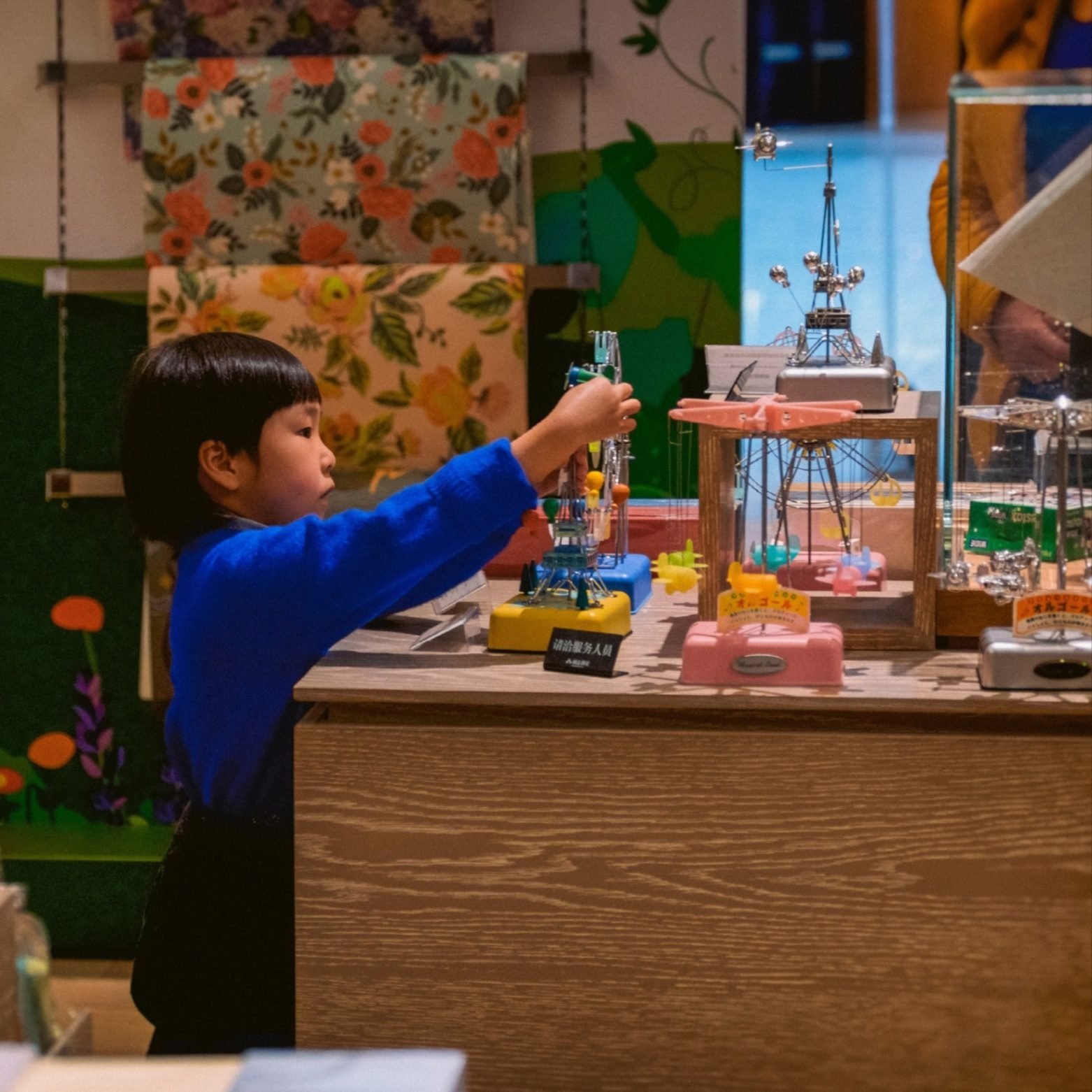Assessment
Assessment is the process where we get to know your child. In other situations, an assessment is often drudgery for the children. The child meets the professional and is greeted with a long list of non-preferred tasks to determine whether they can identify various skills like colors, shapes, or animals. Often, children can engage in behavior problems during this process because it is difficult or just boring. We believe that is not the right way to start building a positive relationship with a child. We individualize the assessment so it is fun for the child and still gives us all the critical information we need to begin therapy.
Interview Informed Synthesized Contingency Analysis (IISCA)
To ensure that our first meeting with the child is a positive experience, we start with an interview with the parents, caregivers, or others who can strongly advocate for the child. Typically, this is via telehealth and lasts anywhere from 45 minutes to 2 hours. Our goal during the interview is to get enough information to develop a completely individualized first meeting with the child. We are looking for several types of information:
What does your child love?
We want details. Individualization is the key to our success, so we spend time discussing the details. Does the child love trainis, dolls, sand, swings, Legos, iPad, all of the above? What are their favorite routines, toys and ways to interact. Should we be really enthusiastic and exciting or focus on more quiet and calm interactions?
What causes problems?
We need to know the details so that we can design an assessment and start to think about what goals will make a meaningful difference in the child’s life.
What situations do you avoid? Will the child willingly give up the iPad? Do they have problem behavior when asked to use the toilet or go to sleep? Is the child selective when eating, or do they refuse to do homework? We want to know all contexts that can be conveniently replicated and are the most challenging for the child to be successful.
What do the behaviors look like?
Most children with autism engage in some behavior problems; if so, what do those behaviors look like? How intense are the episodes?
When discussing concerning behaviors, we want to know the major ones that might occur, like aggression, self-injury, or tantrums. But we’d also like to know about the minor signs that the child is starting to get upset- like foot-stomping, pouting, or non-functional talk. Identifying these minor behaviors is key to ensuring safety, rapport and maintaining your child’s dignity throughout the process.
What are your goals?
What are your goals for the child? How do you define success? In 6 months or a year from now, if therapy has gone amazingly well, what would be different?


Day 1 at the Clinic
It can be nerve-wracking for parents to bring their child to the center for the first day. What’s going to happen? Our goal on the first day is to do 3 things:
- Build a great rapport with the child. We believe that great relationships with children are essential to successful treatment.
- Build trust with the child. We want the children to see that this place is different.
- Develop a safe, effective, dignified context to begin teaching life-long skills that will significantly impact the child’s life.
We want to make sure this is a positive experience. When the child arrives, the team will be ready at the appointed time with no waiting. When they walk in, we will have taken the interview information and designed an individualized therapy space that will be just to the child’s liking.
The Practical Functional Assessment
During the Functional Analysis (FA) process, the information obtained in the interview is put to the test. Specifically, we test to determine if we have identified a challenging and convenient context to teach the skills of communication and toleration. We test our assumptions to ensure we understand the child completely before teaching new skills.
At the start of the assessment, the therapist will work to build rapport with the child, but if they prefer to play alone- that’s fine too. We are looking for Happy, Relaxed, and Engaged (HRE) as the first step of our assessment.
Once HRE is established, the therapist will occasionally interrupt the HRE and suggest a task that was identified in the interview as a challenge. We look closely for minor annoyance behaviors, and if we see them, we reinforce them immediately, allowing the child to return to HRE.
While this may seem confusing at first, we are simply determining that we have identified an area during which the child can not communicate, tolerate, and be flexible – this is where the skills are lacking, and the behavior lives! We prevent severe problem behavior from occurring by reinforcing minor behaviors that were predicted during the interview. We are establishing trust with the child during this process, showing them how powerful they are and that they are heard, respected, and leading the way. This process generally takes from 30 minutes to 1 hour.
Once we have safely identified the synthesized contingencies (or all of the things the child loves and faces as challenges), we have tested our hypothesis and have data to support that we know the child and are ready to begin teaching skills!

